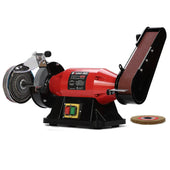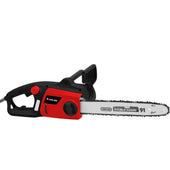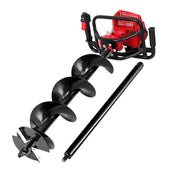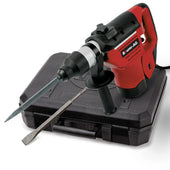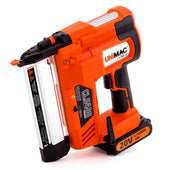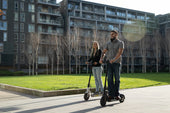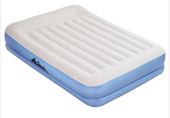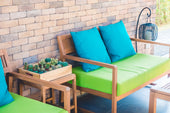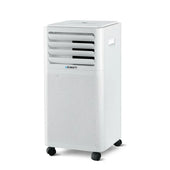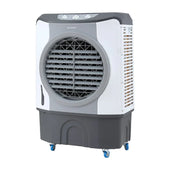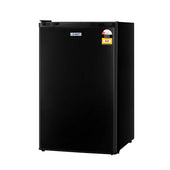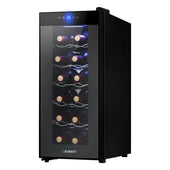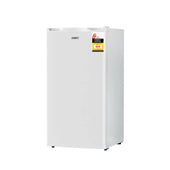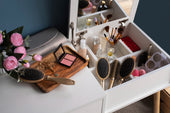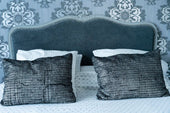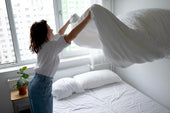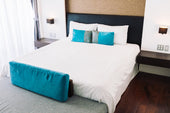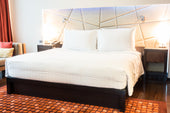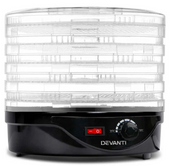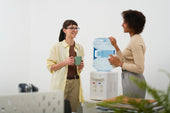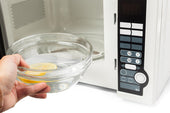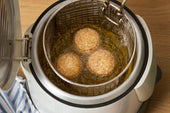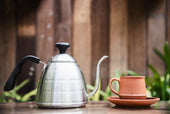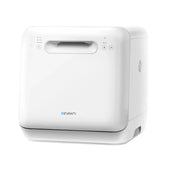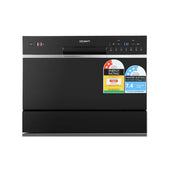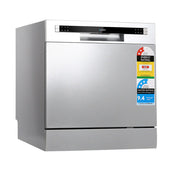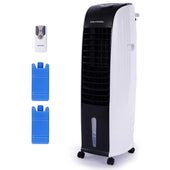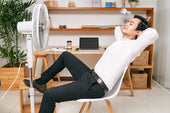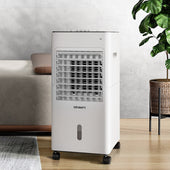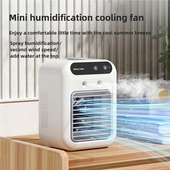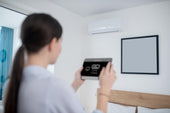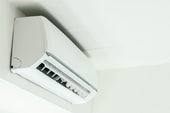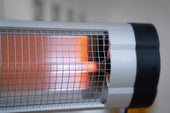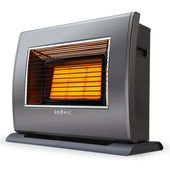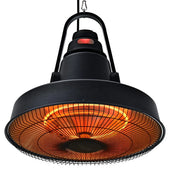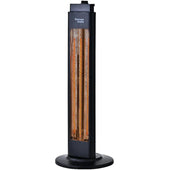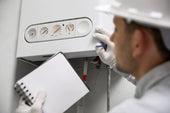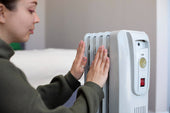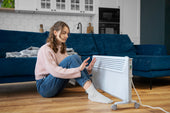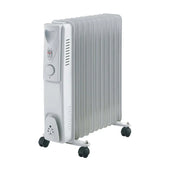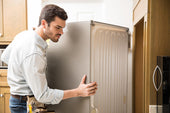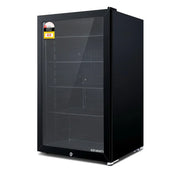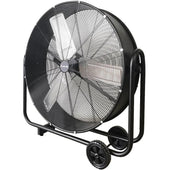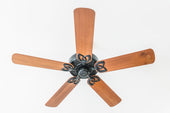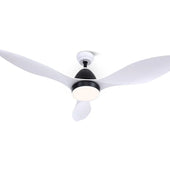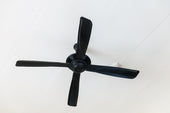Understanding Weather and Its Impact on Outdoor Furniture
Weather conditions significantly affect the durability and appearance of outdoor furniture. Materials like wood, metal, plastic, or stone behave differently when exposed to elements such as rain, sun, wind, and humidity.
- Rain and Humidity: Moisture can cause wood to warp, rot, or swell, while metal may rust without proper coatings.
- Sun Exposure: Intense UV rays can lead to fading or cracking, particularly in plastic and untreated wood.
- Wind: Lightweight materials like aluminium may be prone to tipping or being displaced.
- Cold and Snow: Extreme cold can cause brittleness in plastics and damage to stone finishes over time.
Choosing weather-resistant materials reduces maintenance and prolongs the table’s lifespan.
Why Material Choice Matters for Outdoor Tables
Choosing the right material for outdoor tables directly impacts durability, aesthetic appeal, and overall functionality. Different furniture materials respond uniquely to environmental factors such as rain, humidity, and extreme sunshine. Wood, for instance, provides warmth and charm but may warp or rot if not weather-resistant. Metal, like aluminium or steel, resists corrosion but could become uncomfortably hot under sunlight. Synthetic materials, including resin or plastic, offer affordability and water resistance but might fade over time. Climate considerations, such as salt exposure in coastal areas or heavy snowfall, can also degrade certain materials. Selecting the appropriate material ensures long-lasting performance.
Key Considerations for Choosing the Right Material
When selecting an outdoor table material, it is essential to consider factors such as durability, maintenance needs, and suitability for the local climate. Weather resistance should be a top priority, ensuring the material can withstand moisture, UV rays, or extreme temperatures over time. For locations prone to strong winds, heavier, more stable materials can prevent tipping or shifting.
Maintenance requirements vary; some materials, like teak or aluminium, need minimal upkeep, while others, such as wrought iron, may require periodic repainting to prevent rust. The aesthetic appeal of the material should align with the desired outdoor ambience, balancing visual charm with practicality, as seen in options available at during days.
Wooden Outdoor Tables: Pros, Cons, and Best Climate Fit
Wooden outdoor tables are a popular choice due to their natural aesthetics and classic appeal. They offer durability and can age beautifully, especially when crafted from hardwoods like teak or eucalyptus. Their ability to blend with various design styles makes them versatile. However, wood requires regular maintenance to retain its appearance and prevent warping or cracking.
Pros:
- Natural beauty that enhances outdoor spaces.
- Sturdy and durable when made from good-quality hardwoods.
- Customisable through painting or staining.
Cons:
- Susceptible to weather damage, including rot or insect infestation.
- High maintenance needs, such as sealing or oiling.
Wood performs best in climates with moderate rainfall and milder winters, minimising weather-induced wear.
Metal Options: Aluminium, Steel, and Wrought Iron Explained
Outdoor tables made from metal offer durability, versatility, and a modern aesthetic. It's important to understand the characteristics of each metal to make a suitable choice.
- Aluminium: Lightweight and rust-resistant, aluminium is ideal for humid or coastal climates. Its powder-coated finish prevents fading, and it requires minimal maintenance. However, aluminium may be less resistant to strong winds due to its light weight.
- Steel: Steel provides exceptional strength and durability. Galvanised or stainless steel resists rust effectively, making it suitable for most climates. Although heavier, it withstands high winds. Regular upkeep is required to prevent corrosion.
- Wrought Iron: Known for its classic aesthetic and weight, wrought iron is highly stable, even in windy conditions. Regular painting or sealing is required to prevent rust, especially in areas with rain or moisture.
Plastic and Resin Tables: Affordable and Weather-Resistant Options
Plastic and resin tables are highly favoured for outdoor use due to their cost-effectiveness and ability to withstand various weather conditions. These materials are lightweight, making them easy to move and reposition as needed. Additionally, plastic and resin tables resist moisture, preventing warping or rotting, which can be concerns with other materials.
They come in a variety of colours, designs, and finishes, offering versatility to suit diverse aesthetic preferences. UV-resistant versions are ideal for sunny climates, ensuring colour retention and durability. While affordable, plastic and resin may be less eco-friendly; however, some manufacturers use recycled materials to reduce environmental impact.
Natural Stone and Concrete: Durable but Heavy Choices
Natural stone and concrete are resilient materials that thrive in many outdoor climates. Ideal for areas with high wind or unpredictable weather, both offer stability and resistance to wear. Stone options like granite and slate are naturally weatherproof, while concrete can be sealed to prevent cracks from moisture.
Pros:
- Weather Resistance: Highly durable against rain, snow, and sunlight.
- Stability: Heavy enough to withstand strong winds.
Cons:
- Weight: Challenging to move or relocate.
- Temperature Sensitivity: Stone can retain heat, making some surfaces hot to touch.
Proper maintenance, such as sealing, helps ensure long-term performance.
Glass Tabletops: Stylish Yet Fragile? Pros and Cons
Glass tabletops add a modern and sleek aesthetic to outdoor spaces, making them a popular choice for design-conscious homeowners. They reflect light beautifully and complement a variety of décor styles, from minimalist to contemporary.
Pros:
- Visual Appeal: Glass surfaces create a clean, elegant look and can make small spaces feel larger.
- Ease of Maintenance: Smooth surfaces are simple to clean and resistant to stains.
- Weather Resistance: Unlike wood, glass does not warp or swell when exposed to rain.
Cons:
- Fragility: Glass is prone to chips, cracks, or shattering, particularly during storms or heavy use.
- Temperature Sensitivity: It can become very hot or cold depending on weather conditions.
- High Maintenance: Smudges, fingerprints, and dust are often visible, requiring frequent cleaning.
Eco-Friendly and Sustainable Table Material Options
Selecting eco-friendly materials for an outdoor table promotes environmentally-conscious living. Sustainable options include materials sourced responsibly and designed for minimal environmental impact.
- Recycled Plastic: Crafted from post-consumer materials, recycled plastic mimics wood or stone textures while resisting weather and moisture. It proves durable and maintenance-free.
- Bamboo: As a fast-growing, renewable resource, bamboo offers a natural aesthetic. It needs proper sealing for outdoor use to prevent water damage.
- Reclaimed Wood: Reclaimed wood reuses old timber, showcasing character and reducing waste. Opting for weather-treated pieces ensures longevity.
- Concrete with Low Carbon Cement: Concrete, when blended with low-carbon cement, combines durability with reduced environmental impact.
Such alternatives balance durability, style, and ethical considerations while preserving Earth’s resources.
Low-Maintenance Choices for Harsh Weather Conditions
Selecting an outdoor table material that withstands harsh weather requires focusing on durability and minimal upkeep. Recycled plastic, for instance, resists moisture, won’t warp or crack, and requires only occasional cleaning. Similarly, powder-coated aluminium offers rust resistance and retains its finish even in extreme sun or rain.
Natural materials like teak or acacia wood are excellent for extreme heat or cold; their natural oils repel water and reduce the risk of rot. For areas prone to snow, synthetic wicker is another practical option, resisting damage from moisture and frost.
To ensure even lower maintenance, opting for UV-resistant finishes or materials is essential.
Protective Coatings and Treatments to Enhance Durability
Different outdoor table materials require specific protective coatings and treatments to withstand various environmental elements. Wood surfaces benefit from regular applications of sealants or varnishes to prevent moisture absorption and warping. For metals like aluminium or steel, powder coatings or galvanisation protect against rust and corrosion.
Plastic and synthetic materials often come pre-treated with ultraviolet (UV) inhibitors to minimise fading and brittleness. Stone surfaces, such as granite or concrete, should be sealed to resist stains and water damage. Regular reapplication of these treatments ensures durability over time, helping the table endure extreme weather conditions while maintaining its appearance.
Budget Considerations and Longevity in Material Selection
When selecting outdoor table materials, balancing budget constraints with desired durability is crucial. Materials like plastic and resin offer affordability while resisting weather elements; however, their longevity may be limited in harsh climates. Hardwood options like teak and eucalyptus, though pricier, provide greater resilience against moisture and UV exposure.
Metal varieties like aluminium and steel suit those prioritising extended lifespan, with aluminium being lightweight and corrosion-resistant. On the other hand, concrete and stone tables, though durable, often require a higher financial commitment and regular maintenance.
Prioritising needs over upfront costs ensures the chosen material aligns with climate requirements and long-term use expectations.
Combining Style with Functionality in Outdoor Table Design
When selecting an outdoor table, it is essential to strike a balance between aesthetics and practical use. Tables crafted from durable materials such as teak, aluminium, or stainless steel offer both structural integrity and visual appeal. Designs featuring clean lines or intricate patterns can effortlessly complement various outdoor themes, from contemporary to rustic.
Functional features, such as extendable tabletops or built-in storage, cater to diverse needs while maintaining stylistic harmony. Weather-resistant finishes, UV protection, and easy-to-clean surfaces enhance usability and longevity in outdoor settings. Attention to detail, like rounded edges or foldable legs, adds versatility without compromising the table's design appeal. The fusion of form and function ensures an outdoor table suits both lifestyle and décor.
Common Mistakes to Avoid When Choosing Outdoor Table Materials
Selecting outdoor table materials can be tricky, and certain mistakes can lead to costly consequences. To ensure this does not happen, it is essential to recognise common pitfalls:
- Ignoring the climate: Many overlook how sunlight, humidity, and temperature fluctuations affect materials. For example, untreated wood may warp in humid conditions or crack in cold climates.
- Neglecting maintenance needs: Materials like iron or wood often require regular care to remain durable, but not all users factor this into their decision-making.
- Choosing aesthetics over durability: While a table may look stylish, fragile finishes like glass may not withstand harsh outdoor conditions.
- Overlooking weight: Lightweight tables, such as those made from aluminium, can be blown away by strong winds, causing inconvenience or damages.
- Cutting costs on quality: Opting for cheaper, low-grade materials can result in quicker wear, leading to higher long-term expenses.
Understanding these errors can guide buyers towards a more informed and practical choice of outdoor furniture.
Top Tips for Maintaining Outdoor Tables Across All Climates
- Clean Regularly: Use mild soap and warm water to clean the table’s surface. Avoid abrasive cleaners, as they may damage finishes or material integrity.
- Apply Protective Coatings: For materials like wood or metal, apply sealants, wax, or weatherproof coatings to shield against moisture and UV rays.
- Store During Extreme Weather: Invest in protective covers or relocate the table to a sheltered area during heavy rains, snow, or intense heat.
- Inspect Frequently: Look for cracks, rust, or signs of wear and address them quickly to prevent further damage.
- Level Ground Placement: Place tables on flat surfaces to avoid wobbling, which could stress joints or cause instability.


